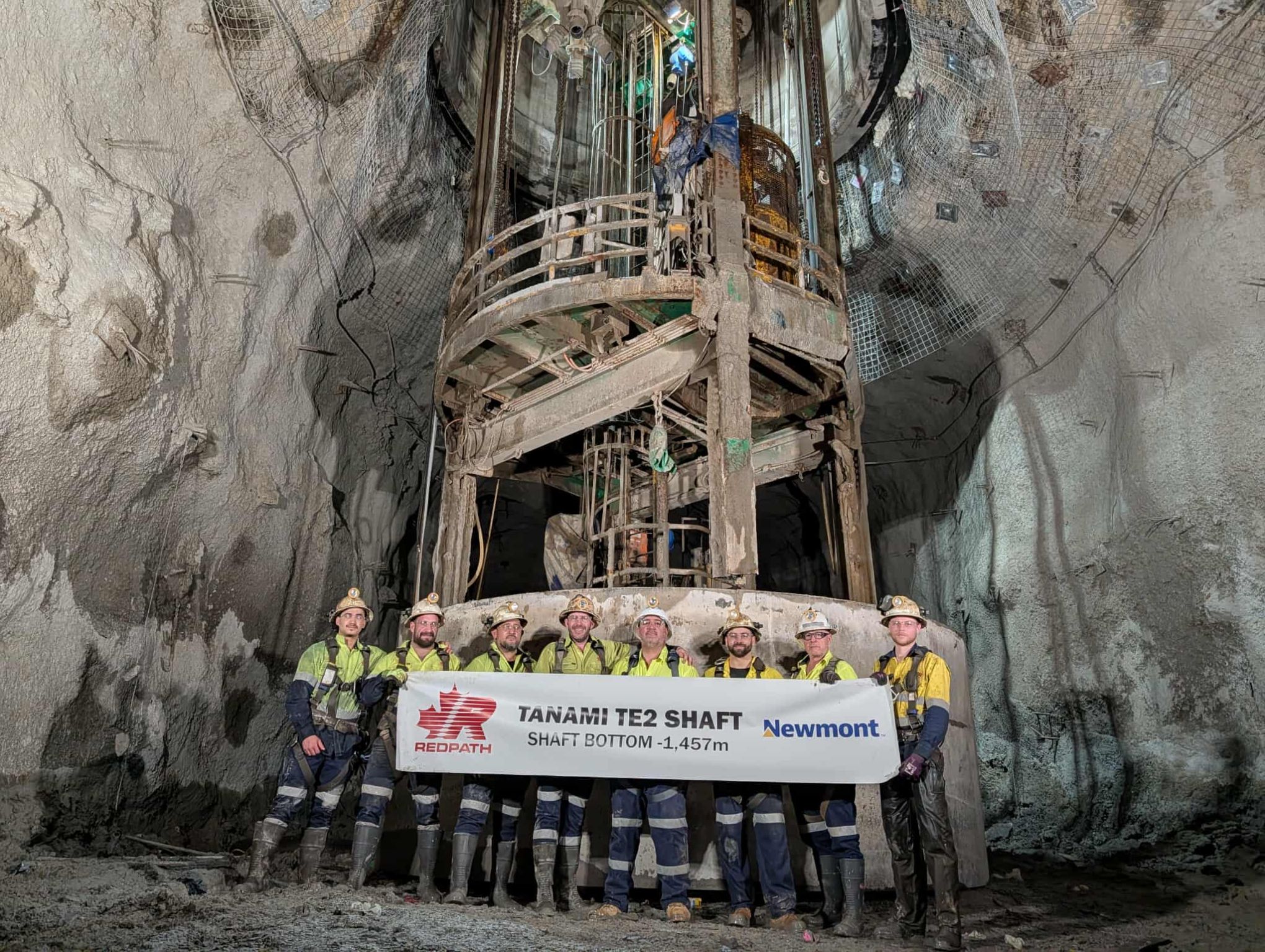
Since it was first discovered in the country in the 1920s, copper has been one of Zambia’s most important sources of income. Five years after its independence from British rule in 1964 Zambia was classified as a middle-income country, with its GDP, then among the highest of any African nation, buoyed by what where at the time soaring copper prices. The history of decline in Zambian copper production, as opposed to the growth that was witnessed for example in Chile over the same period, is well known.
While the copper market, and indeed the country as a whole, has undergone significant changes in the years since privatisation of the industry in the early 2000s, figures for 2009 show that copper mining in Zambia, which is today largely centred in and around the Copperbelt province, produced in excess of 725,000 tonnes of the metal. This saw it earn the title of the eighth largest copper producer in the world.
With this title in place it should hardly come as a surprise that a host of multi-national players within the mining community have been attracted to Zambia and more than $7 billion of Foreign Direct Investment has been pumped into the industry since privatisation. Be that as it may it would be hard to find a company more heavily invested in the country than First Quantum Minerals.
The company has been working within the country since 1997 with its operations growing out of what were relatively humble beginnings at its Bwana Mkubwa Mine in Ndola. During its first few years of operations the mine was responsible for producing around 10,000 tonnes of copper per annum. As a result of the success of this asset, in no small part thanks to the work of the company’s initial 300 employees, First Quantum was able to invest in the development of the Kansanshi Mine at Solwezi.
First Quantum and its partner ZCCM commenced production at the Kansanshi Mine in 2004. Since it began operations the Kansanshi Mine has undergone several expansions, taking it from a stage where its initial production capacity was approximately 110,000 tonnes of copper to the point where it is now capable of producing around 340,000 tonnes of copper and more than 120,000 ounces of gold per year.
Today the mine employs some 4,000 Zambian nationals directly and a further 4,000 Zambians are employed indirectly through on-site contractors, while a multi-stage expansion project currently under development aims to increase copper output capacity to approximately 400,000 tonnes by 2015. Through the success of the Kansanshi Mine, First Quantum is now able to extend its investments in Zambia.
Through its subsidiary, Kalumbila Minerals Limited, the company holds five large scale licences within the Solwezi and Mwinilunga Districts of North Western Province that make up the Trident project.
The Trident project was initially obtained through the acquisition of Kiwara PLC in February 2010. Since then, the large-scale mining licence, covering 950 kilometres, has been received, environmental impact assessment approved and construction works have commenced.
Located some 140 kilometres west of the town of Solwezi and 150 kilometres from the Kansanshi Mine, Trident comprises the Sentinel copper deposit and the Enterprise and Intrepid targets. Sentinel’s processing facility alone will have a target throughput rate of 55 million tonnes per annum of ore at an average grade of 0.5 percent copper. Higher grades are expected in the first six years of the mine life, which would provide an annual production rate ranging between 270,000 tonnes and 300,000 tonnes of copper.
Board of Directors approval for the development of Sentinel was granted in May 2012 and construction started shortly thereafter towards commissioning in mid-2014. The mine life is estimated to be in excess of 15 years with potential to increase with planned delineation drilling and future successful exploration.
Written by Will Daynes, research by Paul Bradley and Richard Halfhide
Coming soon: An in-depth look at First Quantum Minerals - Trident project.



 TridentPreview-AfricaMining-July13-Bro-s.pdf
TridentPreview-AfricaMining-July13-Bro-s.pdf









